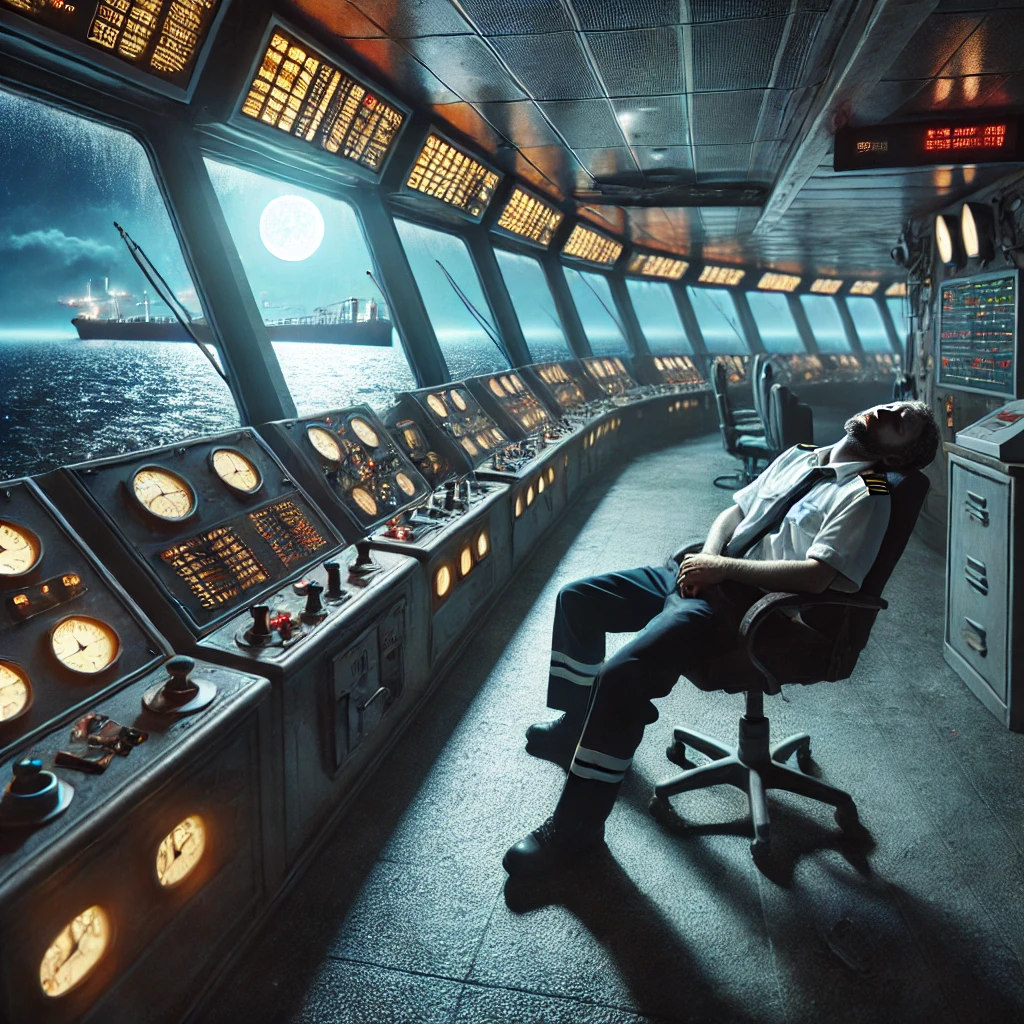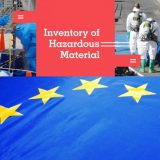The IMO’s hard-won 2018 agreement on shipping’s greenhouse gas reduction targets for 2030 and 2050 have now been superseded by more ambitious requirements set forth in last December’s European Green Deal. Once again, the European Commission has forced shipping’s hand, risking the creation of separate emissions regimes in different geographies.
Whilst many of those at shipping’s top table welcome the direction of travel, few are looking forward to the journey, not least because there will be no deep-sea low or zero-carbon fuel options available for many years.
“The coffee’s not coming from Starbucks,” declared Ms Şadan Kaptanoğlu, Managing Director of Turkey’s Kaptanoğlu Shipping and President of BIMCO at an online press conference recently. She was speaking about the importance and resilience of global supply chains which, despite major disruption in other transport sectors, have continued to function throughout the pandemic.
“Without shipping, without the global supply chain, we cannot survive,” Kaptanoğlu said, identifying recent disruptive developments, including trade wars, as potentially damaging. Shipowners had to be able to operate competitively, she added, citing a Turkish idiom which says that when things get tough, people break the rules.
As a truly international business, shipping needs a set of global rules and regulations to ensure fair competition. Kaptanoğlu made her comments at a press conference convened by the organisers of the postponed Hamburg shipping event, SMM. As the participants agreed, turning a global transport sector which is almost entirely reliant on the only widely available source of cheap fuel – oil – into a climate-friendly business is not a short-term process. Mid-century is little more than one generation of ships from now.
Critical role
Kaptanoğlu’s reference to coffee was intended to emphasise the fact that the vast majority of the world’s public, including most politicians, have no idea how their cars, food, fuel, medicines and microwaves reach shops and other outlets. They may know that ships have a role in the world’s supply chain, but they certainly have no comprehension of the extent of shipping’s critical role.
Nor do most people realise that although some cargoes are shipped by sea after short voyages from neighbouring countries, most shipments arrive in Europe following long hauls from faraway places in Asia, the Middle East and the US. Meanwhile, very few people outside of shipping have even heard of the 174-member International Maritime Organization (IMO) or its continuous work on issues including safety, ship efficiency and the sector’s environmental profile.
It is against this unfortunate backdrop that global shipping, under the auspices of the IMO, has embarked on its ambitious decarbonisation journey following a hard-won compromise agreed in 2018. By 2030, international shipping should have reduced its carbon emissions by 40% compared with 2008 levels, and by at least 50% by 2050, the IMO has declared. These ambitions stand until 2023 when the IMO will decide whether or not they need to be revised.
Considering that its members include major oil producers whose economies are oil-dependent, climate change deniers, and developing countries with more immediate concerns including regional conflicts, famine and broken economies, the 2018 compromise was itself something of a miracle.
No easy alternative
The IMO’s targets are unquestionably ambitious. Experts point out that almost all seagoing vessels are powered by hydrocarbons, mostly heavy residual fuels from the bottom of the barrel … quite literally. Today, there is no large-scale alternative. Any future option, moreover, together with a global distribution network, will take many years and billions of dollars to develop.
But pressure is mounting, particularly since Covid-19 has amply demonstrated the fragility of human existence. The sustainability of our planet and cutting greenhouse gas (GHG) emissions have leapt up the agenda. And transport – cargo shipping in particular – is highlighted with a red star.
Even before the virus struck, politicians in Europe were throwing their weight behind new climate initiatives. With good cause. Despite growing concern about global warming and the many initiatives to tackle GHGs. DNV GL, a classification society, says that emissions have continued to rise steadily. At a press briefing late in June, however, it suggested that the impact of Covid-19 could mean that 2019 turns out to be the year of peak emissions.
On December 12 last year, just as the first Covid-19 infections were developing in China, European Commission President Ursula von der Leyen announced the European Green Deal (EGD), an ambitious move to transform the high-emission, carbon-based economy of the 27-member European Union to a low-emission one. Through a series of ten key steps, the ex-German Defence Minister announced “Europe’s man-on-the-moon moment”, and a range of measures to transform every sector of the European economy. Including shipping.
Initial estimates suggest that the EGD could cost €1trn. Others believe it could be three times as much. No-one yet knows where the money will come from.
The EGD leaves the IMO’s 2030 and 2050 ambitions way behind. Instead of a 40% cut in GHG emissions by 2030 compared with 2008, the EGD’s target is a 50-55% cut compared with 1990. By the middle of the century, the von der Leyen plan envisages net-zero emissions across the entire bloc, compared with the IMO’s ambition of at least 50% for international shipping.
So, what is the feedback on von der Leyen’s EGD from shipping’s seasoned diplomats? First of all, there is uncertainty. “Whatever the EU decides to be applicable for ships calling at EU ports will be additional to IMO rules,” explained Lars Robert Pedersen, BIMCO’s Deputy General Secretary. “If such regional requirements are too stringent, some ships may not be able to call.”
Martin Dorsman of the European Community Shipowners’ Association (ECSA) believes that shipping should be regulated at an international level – for environmental affairs, by the IMO. He would like to see the EU playing a proactive and constructive role at IMO meetings, as well as providing financial support for R&D, creating the right regulatory framework for tests, and stimulating investment in bunker infrastructure for new fuels.
Dorsman is emphatic that a universal regulatory regime is essential across the world – ensuring no risk of conflicting regulations and no risk of compliance difficulties. “Placing additional burdens of EU shipowners in these very challenging times would be counterproductive,” he said.
BIMCO’s Pedersen referred to a proposal that an International Maritime Research Fund (IMRF) should be established, overseen by an independent board, to collect and disperse up to $5bn in funding for R&D into new marine fuels over a ten-year period. “The shipping industry does not yet have available sustainable options to decarbonise,” he pointed out. “That is why the industry has suggested setting up the IMRF. When the options are commercially available, their cost may call for carbon pricing to drive up their uptake. It makes no sense to discuss carbon pricing before the right options are available.”
Shipping economist and non-executive President of Clarkson Research Services, Martin Stopford, believes that after 50 years, globalisation has run its course. He thinks that shipping can meet at least the IMO targets by taking various steps such as reducing speed, raising efficiency in terms of performance and cargo volumes shipped, reducing the carriage of hydrocarbons as demand falls away, and focusing on short-sea and regional shipping as an alternative to more carbon-intensive transport modes such as road and rail.
As is already apparent in a range of application across Europe, new sources of power including hybrids incorporating electricity and fuel cells are already being used in short-sea trades. Coastal and short-sea shipping provides a “brilliant” setting in which to test new propulsion technologies, Stopford said. Certainly, the regulatory backdrop is far simpler – short-sea trades usually fall under the jurisdiction of individual coastal states, rather than the international regulatory framework agreed at the IMO.
Norway is in a fascinating position. On the one hand, it has built its supreme wealth on the development of oil and gas. On the other, its state energy company, Equinor, has the most ambitious emissions-cutting targets of any energy firm anywhere. CEO of the Norwegian Shipowners’ Association, Harald Solberg, takes a pragmatic view on decarbonisation. Many of his members are involved in energy-related transport.
“We’re not too worried about the gaps between the [emission reduction] targets,” he says. “Both initiatives clearly pull in the same direction. We still firmly believe a regulatory solution has to come at [an IMO] level, but we have fully endorsed the aims of the Green Deal and want to see the EU take a lead at the IMO on R&D.”
Solberg pointed out that the Association’s shipowners had already agreed an emissions strategy with the same targets as those set out in the EGD. “As a national association, we are eager to speed up pace as much as possible,” Solberg said. “To facilitate this, NSA members will, from 2030, only order vessels with zero-emissions technology. These are hairy goals, but we want to use the 2020s to make that technological leap.”
Source: motorship










